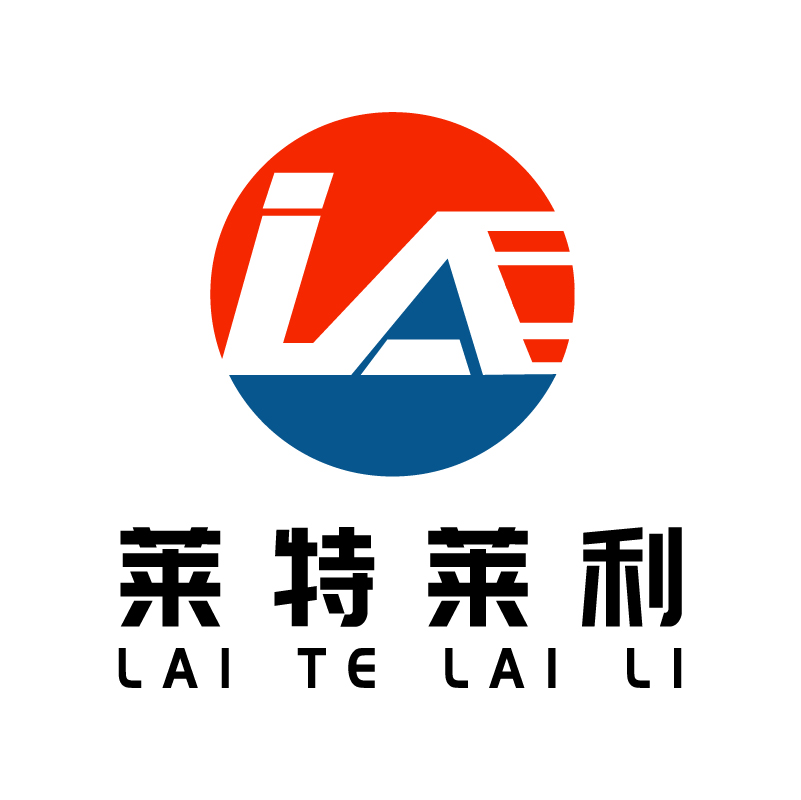In the automated production line, what is the difficulty of the application of long-acting three heat-proof paper?
In the automatic production line, although the application of long-acting three-proof thermal sensitive paper has brought many advantages, there are also some application difficulties. The following is a detailed analysis of these difficulties:
First, environmental adaptability challenges
1.Extreme environment: Automated production lines may involve a variety of extreme environments, such as high temperature, high humidity, oil pollution, etc. Although the long-acting heat-resistant paper has certain waterproof, oil-resistant, and scratch-resistant characteristics, its performance may be affected in extreme environments, resulting in reduced printing effect or label loss.
2.Temperature change: Temperature change is also an important factor affecting the performance of long-acting heat-resistant paper. At high temperatures, the heat-sensitive coating may accelerate aging, resulting in blurred or faded printing. At low temperatures, the paper may become stiff, affecting the print quality and paste effect.
Second, equipment compatibility issues
1.Printing equipment matching: Different brands and models of printing equipment may have different paper compatibility. Long-acting thermal paper needs to ensure a perfect match with the printing equipment on the automated production line to avoid problems such as paper jams and unclear printing.
2.Transmission system adaptability: The transmission system on the automated production line has certain requirements for the physical characteristics of the paper. Long-acting thermal paper needs to have good flatness and toughness to ensure that it is not easy to break or clog during transmission.
Third, cost control and supply stability
1.Cost control: The cost of long-acting three-proof thermal paper is higher than that of ordinary thermal paper. When it is used on a large scale in an automated production line, it is necessary to comprehensively consider cost control issues to avoid affecting the overall production efficiency due to rising material costs.
2.Supply stability: Ensuring a continuous and stable supply of long-acting thermal paper is also a challenge. Supplier selection, inventory management, logistics distribution and other links need to be carefully arranged to avoid disruption of the supply chain and affect the production schedule.
Fourth, print quality and stability
1.Consistent print quality: On automated production lines, it is necessary to ensure that the print quality of each long-acting thermal paper meets a consistent high standard. This requires that the printing equipment, consumables and printing parameters are strictly debugged and optimized.
2.Long-term stability: The service life and stability of long-acting heat-resistant paper are directly related to the operating efficiency of automated production lines. Paper properties need to be tested and evaluated regularly to ensure that they meet production needs in the long term.
Fifth, Maintenance and maintenance
1.Equipment maintenance: Printing equipment using long-acting thermal paper requires regular maintenance and maintenance to ensure its stable performance. This includes cleaning the print head, adjusting the printing pressure, changing supplies, and so on.
2.Paper preservation: long-term three heat-proof paper in the preservation process also need to pay attention to moisture, sun protection and other issues. It is necessary to establish a reasonable inventory management system to ensure that paper is not damaged during storage and transportation.
In summary, the application difficulties of long-life thermal sensitive paper in automated production lines mainly include environmental adaptability challenges, equipment compatibility problems, cost control and supply stability, print quality and stability, and maintenance and maintenance. In view of these difficulties, enterprises need to take appropriate measures to deal with and solve, to ensure the stable operation of automated production lines and efficient production.


